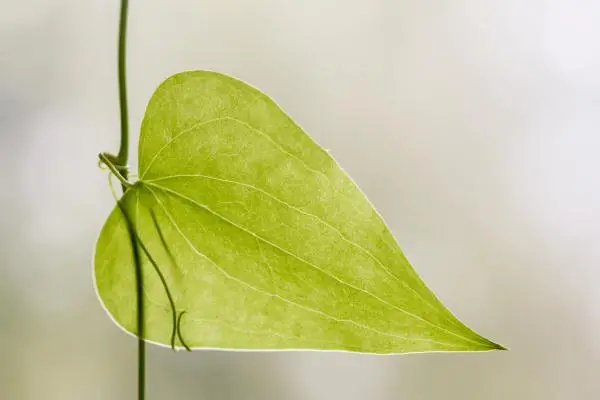Today we are going to know one of the most important organs of plants; tiny pores located in the epidermis known as stomata. The function of the stomata is fundamental for the plant since through them they manage to take in the CO2 found in the atmosphere. With this in mind, it is not surprising that stomata are essential for the survival and growth of the plant.
But there is much more to take into account, so in the following article, we will tell you what the stomata of a plant are and what exactly the function of these essential structures is.
What are the stomata of a plant – answer
Stomata are pores or adjustable openings in the epidermal tissue of plants that are made up of occlusive cells, that is, epidermal cells that cause these pores in question to open or close.
This opening, called ostiole, communicates with the interior of the substomatic chamber, a cavity where the plant’s gas exchange takes place. In addition, adjacent to each occlusive cell, we also find between one or two modified epidermal cells that are responsible for the opening and closing of said stomata.
Stomata also show the cellular interface between the environment and the plant itself, since it is believed that these appeared when most plants left the aquatic world to colonize the land.
What are the stomata of a plant for?
The main function of stomata is to facilitate gas exchange and thus promote photosynthesis in plants. Photosynthesis is the process by which plants transform sunlight into useful energy to grow and live optimally, but it is important not to confuse this conversion with plant respiration.
Thus, during this process, it will be the stomata that take the carbon dioxide from the atmosphere and release the oxygen created as a waste product.
The stomata are also responsible for the transpiration process by which the plant gets rid of excess water. It should be noted that this loss of water is something that plants do not control, however, thanks to the stomata, they are capable of regulating the water inside them to adapt to the climate that surrounds them.

Stomatal opening and closing
Those responsible for opening and closing the stomata are the occlusive or protective cells. These are responsible for pumping calcium and potassium ions so that the stoma, after contracting the cell, opens or closes.
In addition, these cells are responsible for altering turgor; when turgor increases due to ion flow, the occlusive cells open to allow water to enter, but when turgor decreases, the stoma closes.
Other factors that directly affect cell turgor are light level, water vapor, and carbon dioxide. Thus, during days with high temperatures, the stomata remain closed to store carbon dioxide, while during the first hours of the day, when temperatures are colder and more pleasant, the stomata open to absorb water vapor from the environment.
Types of stomata of a plant
Stomata are classified into two large groups. Below we show you the types of stomata of a plant according to its attached cells and according to its origin and development.
According to its attached cells
- Anomocytic or Ranunculaceous: this type of stomata do not have attached cells and are typical of dicotyledonous plants, although they are also found in some plants of other families ( Amaryllidaceae and Dioscoreaceae )
- Paracytic or Rubiaceous: this type has two attached cells located parallel to the occlusive cells.
- Anisocytic or Cruciferous: they have 3 attached cells, two of the same size and one smaller. This type of stomata is typical of the Solanaceae family .
- Tetracytic: formed by 4 subsidiary cells, these stomata are typical of several families of monocots (those that have a single cotyledon).
- Diacítico or Cariofiláceo: 2 related cells perpendicular to the stops, are specific families of Cariofiláceas or Acantáceas .
- Cyclocytic: These have numerous subsidiary cells.
- Helicocytic: once again, we find a type of stomata that have several subsidiary cells, located this time around the occlusive cells.
According to its origin and development
- Mesogen: in this case, both the occlusive cells and the attached cells originate from the same cell by three successive divisions.
- Perigen: the stem cell only creates the occlusive cells, since the attached cells originate from other cells in the protodermis.
- Mesoperigenic: in this case, the stem cell gives rise to both the occlusive cells and a single attached cell. The remainder originate, once again, from other protodermal cells.
